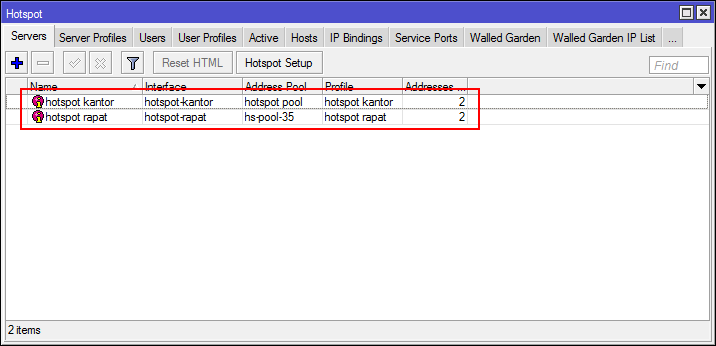The Myth About Kinetics
- Custom kinetics: This is when we take a sample of an immature source rock and attempt to measure the kinetic parameters in the lab. Some people regard this as an improvement over generic published models. There are a couple of issues with custom kinetics, a) the wells we take samples from are usally on the highs or edges of basins, so the samples may not represent the real source rock in the kitchen. b) When lab derived kinetic models are extrapolated to geological time scales, they tend to not match well data very well. Some of the published models have corrected this effects and hence can account for the differences while custom kinetics may not.
- Compositional kinetics: This is where I think the researchers may have gone a bit overboard. The idea is that we can predict the composition of the fluids beyond just a simple oil and gas classification. The problem is that 1) the source rock facies in the kitchen may not be the same as where we have samples. Typically our well samples are a biased as they are drilled on higher structures rather than the actual kitchen. 2) We usually do not even have a good estimate of the basic source rock parameters, thickness, hydrogen index and TOC, let alone the variations laterally and vertically. The figure below shows a typical source interval with organo-facies changing over time. We also know this would change laterally into the kitchen area which we have no measurements. Our prediction of fluid types would depend on how we account for this vertical and spatial variability, rather than making a sophisticated compositional kinetics model.
- Different ways to determine kinetics: There are also debates about what is the best way to measure kinetics, e.g. hydrous pyrolysis versus anhydrous, isothermal versus programmed heating rates. My experience with this is that the results may be slightly different, but the differences are smaller than that caused by the uncertainty that we have in extrapolating the samples to source rock kitchens, and uncertainty in estimating temperatures in the kitchen.
You see that building a more accurate speedometer will not improve our prediction of the time it would take us to drive from our home to downtown.



Comments
Post a Comment
-Berkomentarlah yang baik dan rapi.
-Menggunakan link aktif akan dihapus.